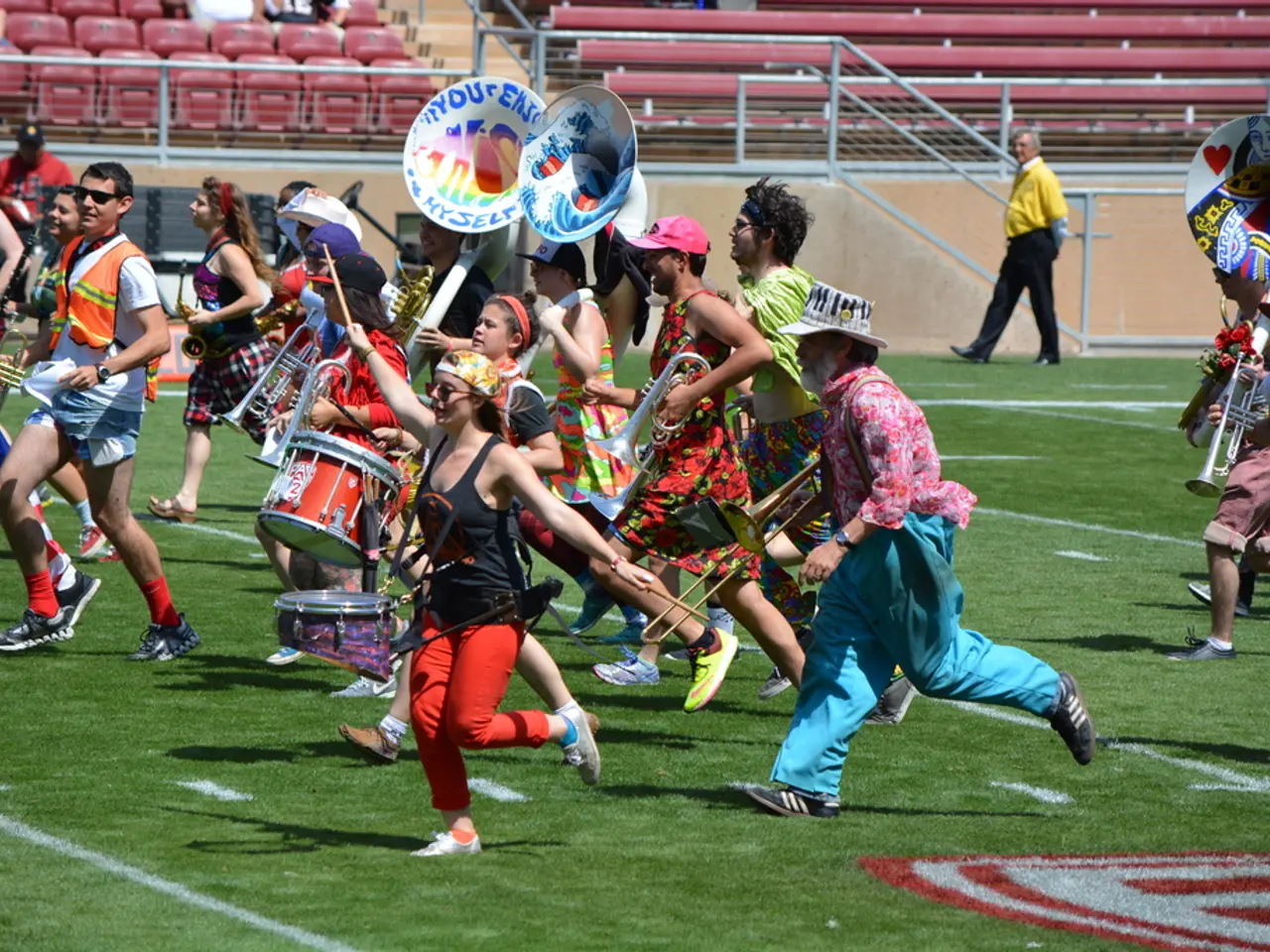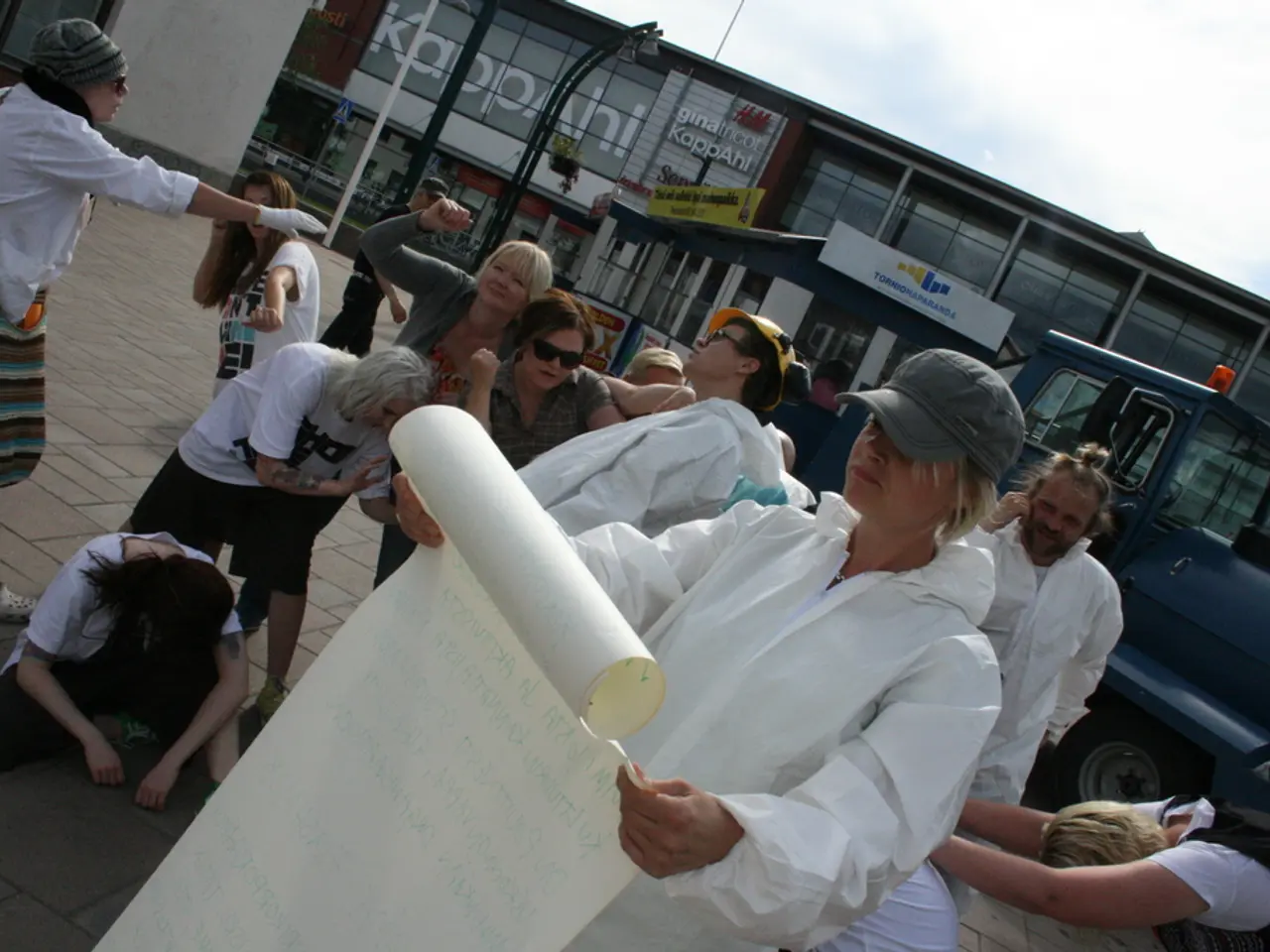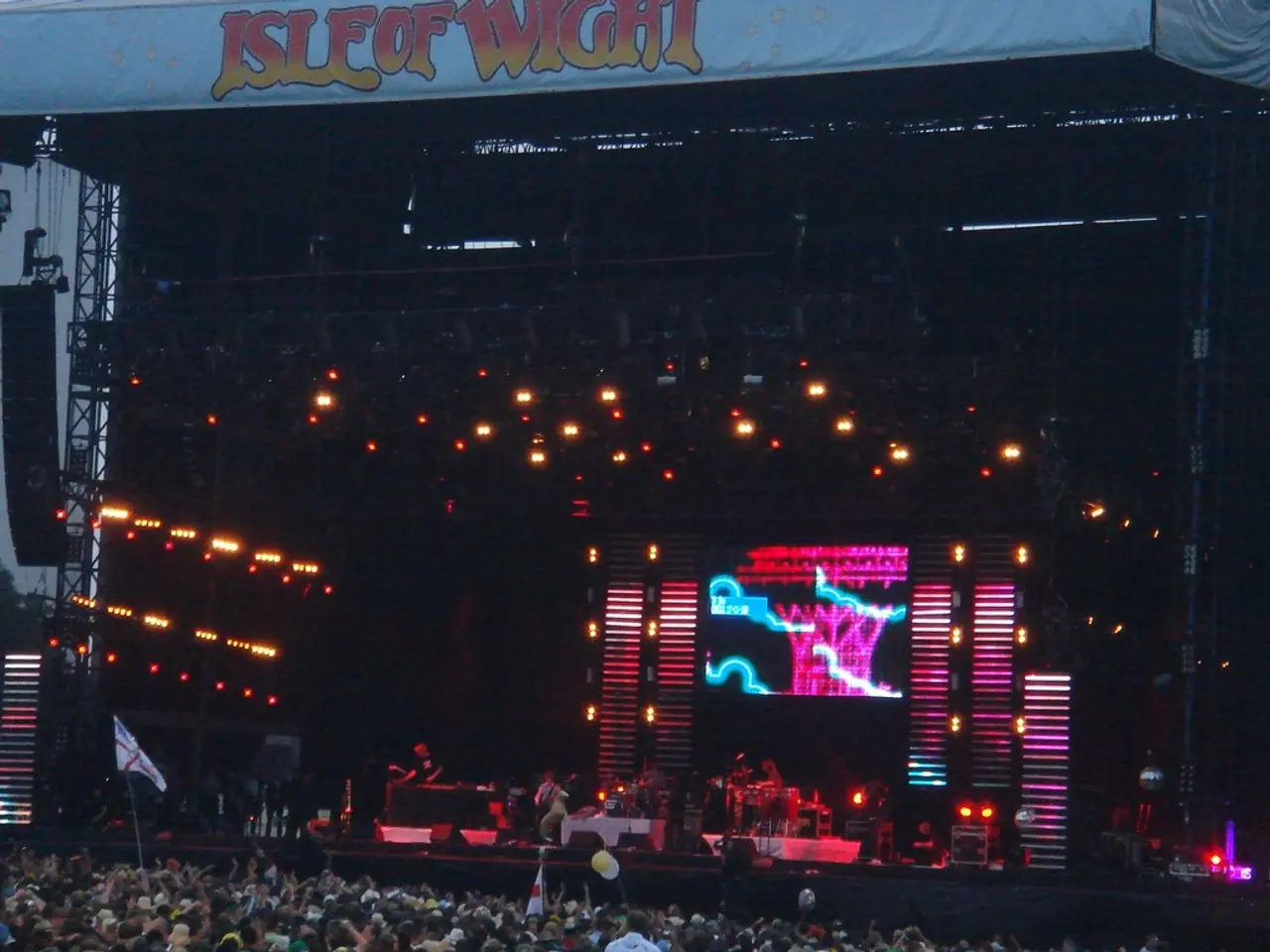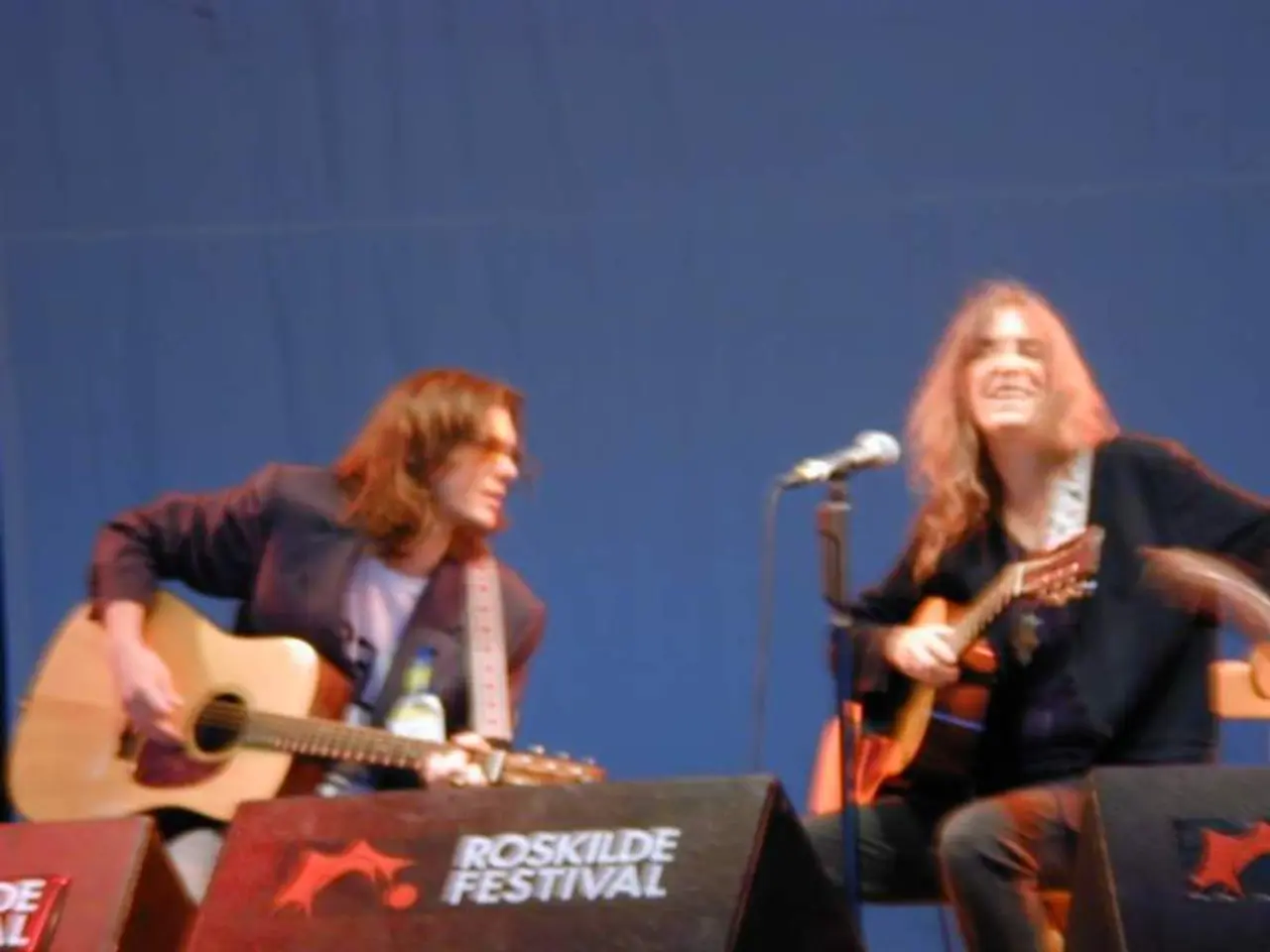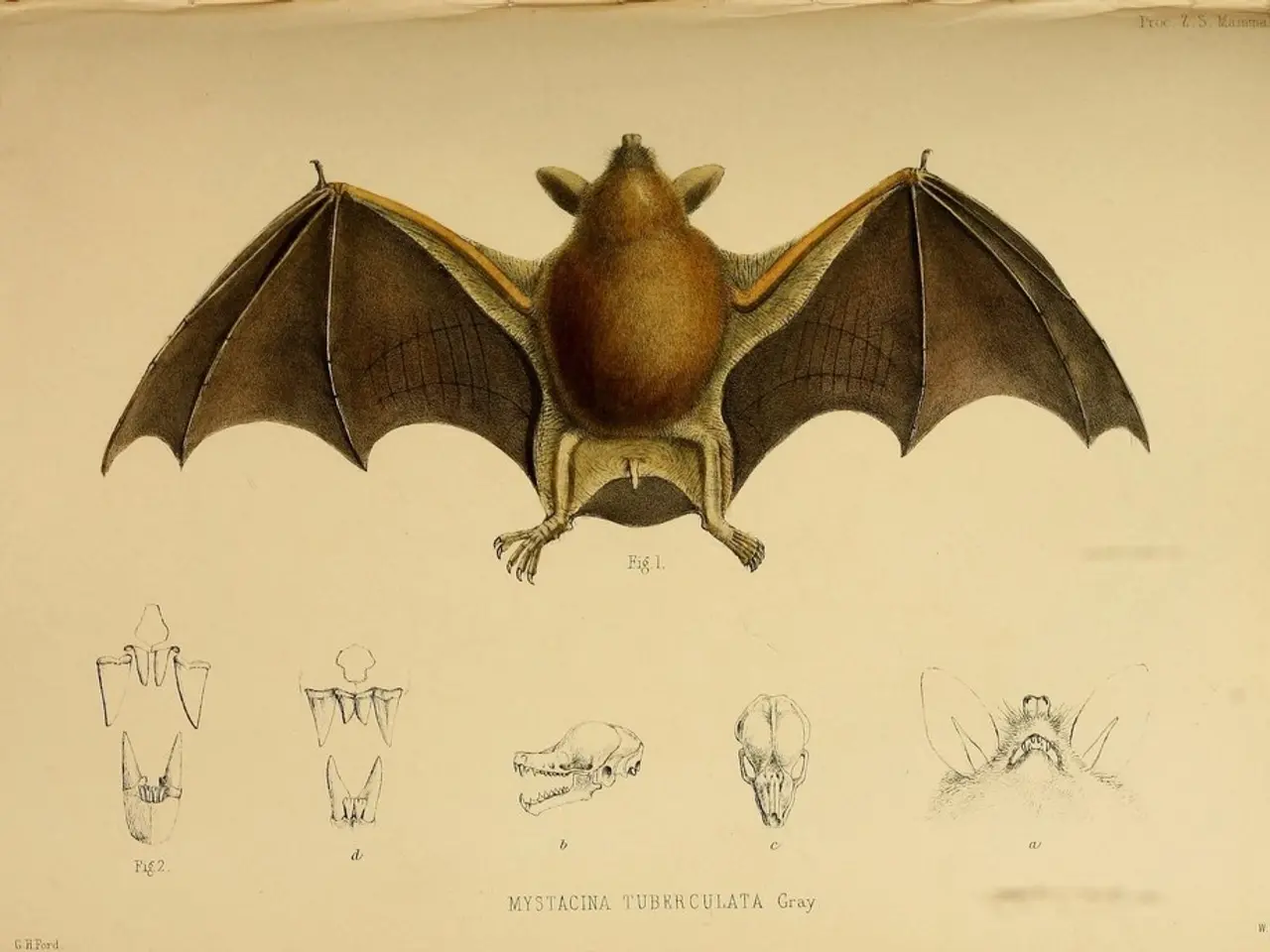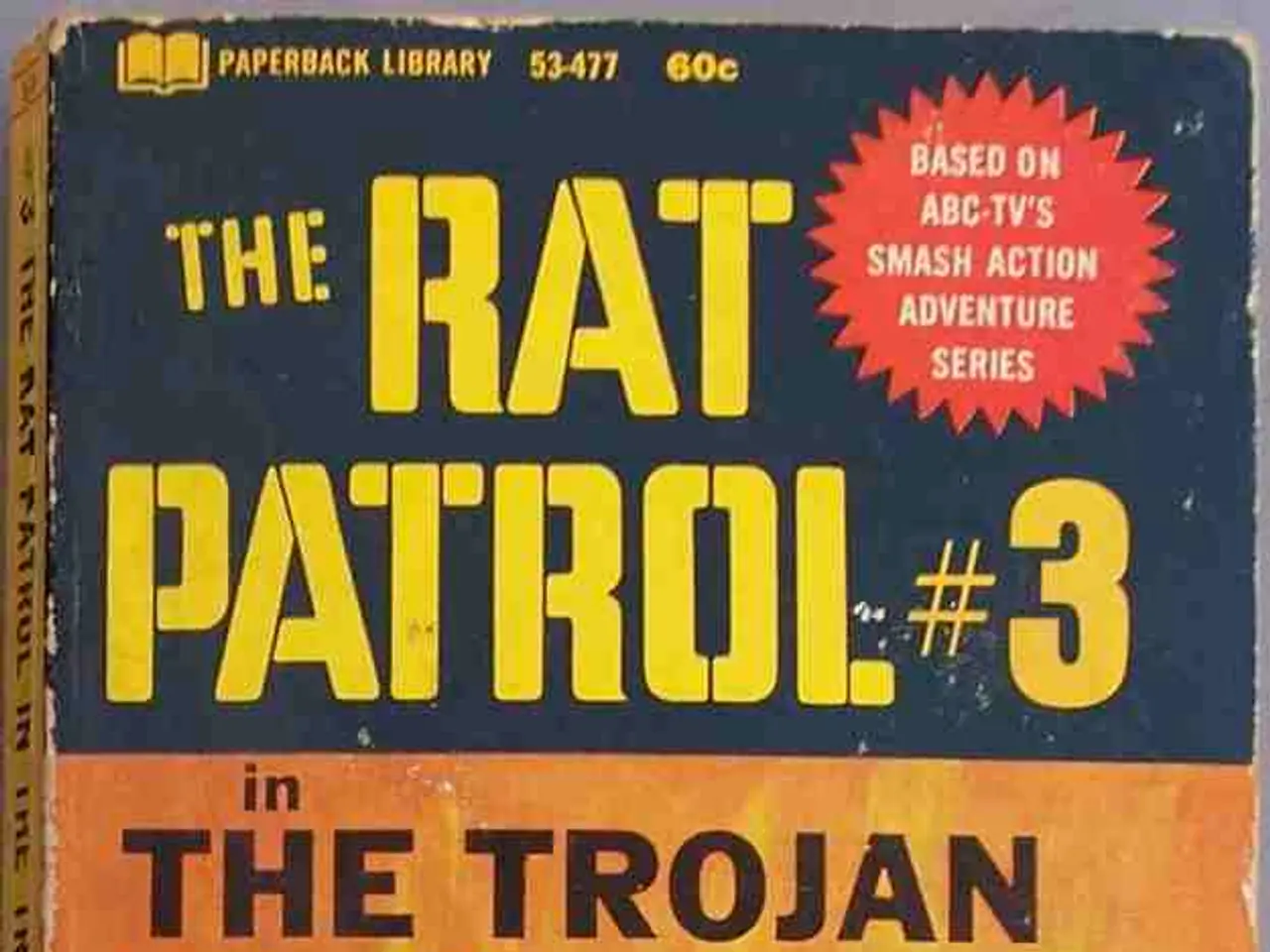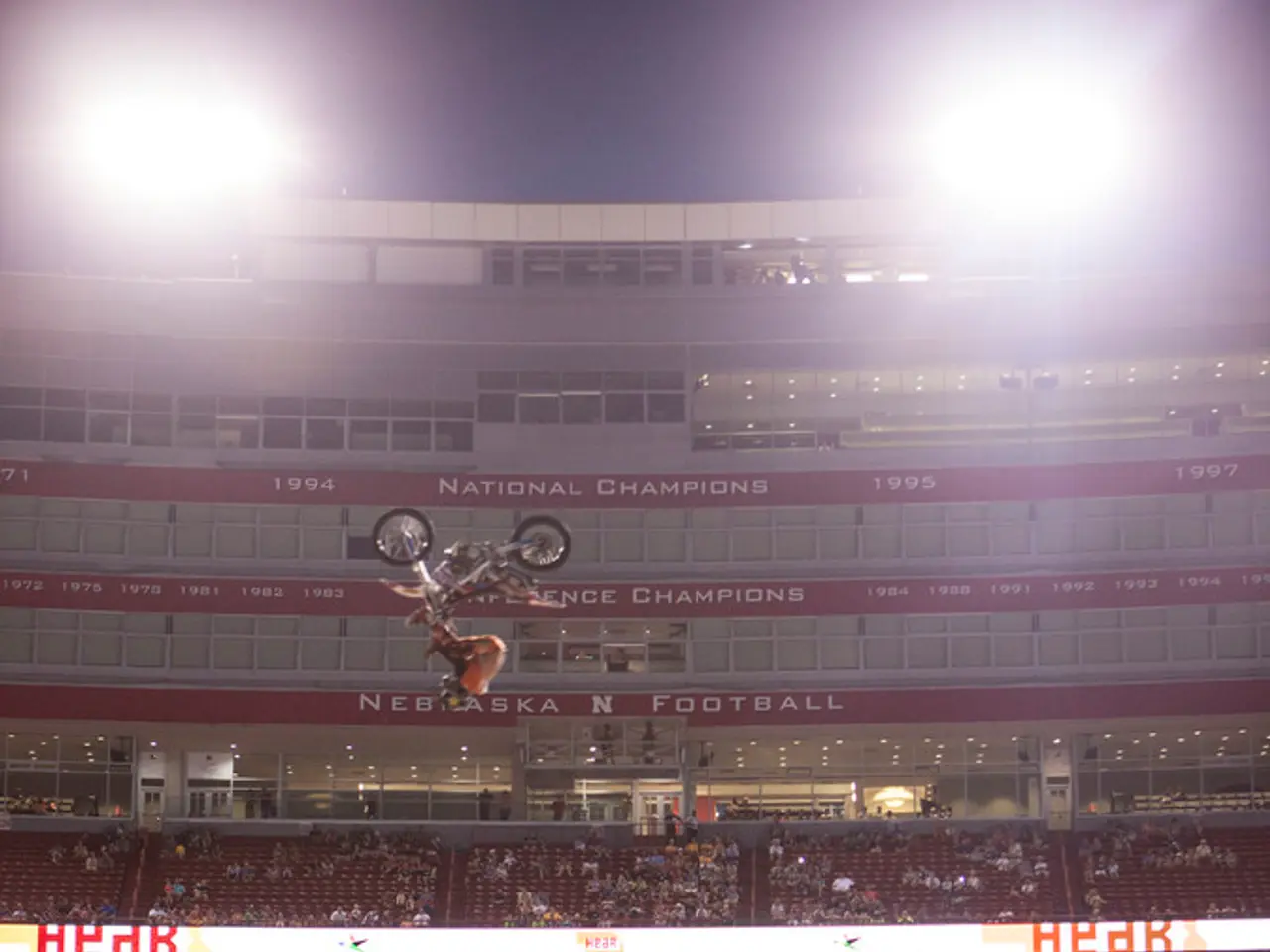Brooklyn Updates: Noah Schall - Section Two: Exploration in the Cantorial Recitative
**Exploring the Artistry of Noah Schall in Ashkenazi Liturgical Music**
In a captivating afternoon conversation on February 21, 2022, the renowned cantorial composer and pedagogue, Noah Schall, shared insights into his innovative approach to Ashkenazi liturgical music. Schall's work, rooted in tradition yet constantly evolving, offers a fascinating blend of historical melodies and modern compositional techniques.
One of the key concepts in Schall's compositions is thematic development, where core themes from the liturgy are expanded into complex musical structures that reflect the text's emotional and spiritual depth. Rhythmic and harmonic innovation also play a significant role, with Schall incorporating intricate rhythmic patterns and harmonies to enhance the musicality and engagement of the liturgical pieces.
In Schall's conception, the term "development" is used to describe sections in cantorial pieces where there is a shift to a new melodic center. This concept is evident in various examples of his work, such as "Hanshamo Loch" by Zawel Kwartin, where the melody moves from the tonic to the seventh scale degree as the final tonal center.
Schall's theoretical musings offer an idiosyncratic and personal approach to Jewish music, couched in a discourse of universalism. He sometimes repurposes terms borrowed from European classical music in an allegorical fashion to describe cantorial music, elevating the artistry of cantors while maintaining the perception that the music precedes the artists who make it.
In Ashkenazi liturgical music, the tonic and subtonic are considered "relative" keys, according to Schall. This unique perspective allows for a more fluid approach to harmony, as demonstrated in his compositions where the harmonic center can shift to unexpected places, such as the fourth scale degree in Example 2.
Schall's work in Ashkenazi liturgical music is characterised by a normative conception of cantorial skill, where professional cantors are expected to have a greater repertoire of musical techniques in their improvisatory prayer leading. This is evident in examples like the bal tefilo style prayer leading, generally characterised by a pedal-point drone quality, and the use of less prevalent structural building blocks like the freygish scale in some of his compositions.
For a more comprehensive understanding of Noah Schall's approach, exploring his specific compositions or interviews where he discusses his compositional philosophies would be highly beneficial. Schall's work serves as a testament to the constant invention within tradition, as Jewish liturgical music is traditional in its circulation of commonly held musical ideas and beliefs, yet continually reinvented by its practitioners.
The combination of historical melodies and modern compositional techniques in Noah Schall's Ashkenazi liturgical music provides an unique entertainment experience, enriching listeners with a blend of traditional tunes and contemporary musical structures.
Schall's innovative approach to Ashkenazi liturgical music, as seen in his use of rhythmic and harmonic innovation and thematic development, offers a new perspective on traditional music, creating a fresh and engaging musical experience that expands beyond the confines of liturgical pieces.
